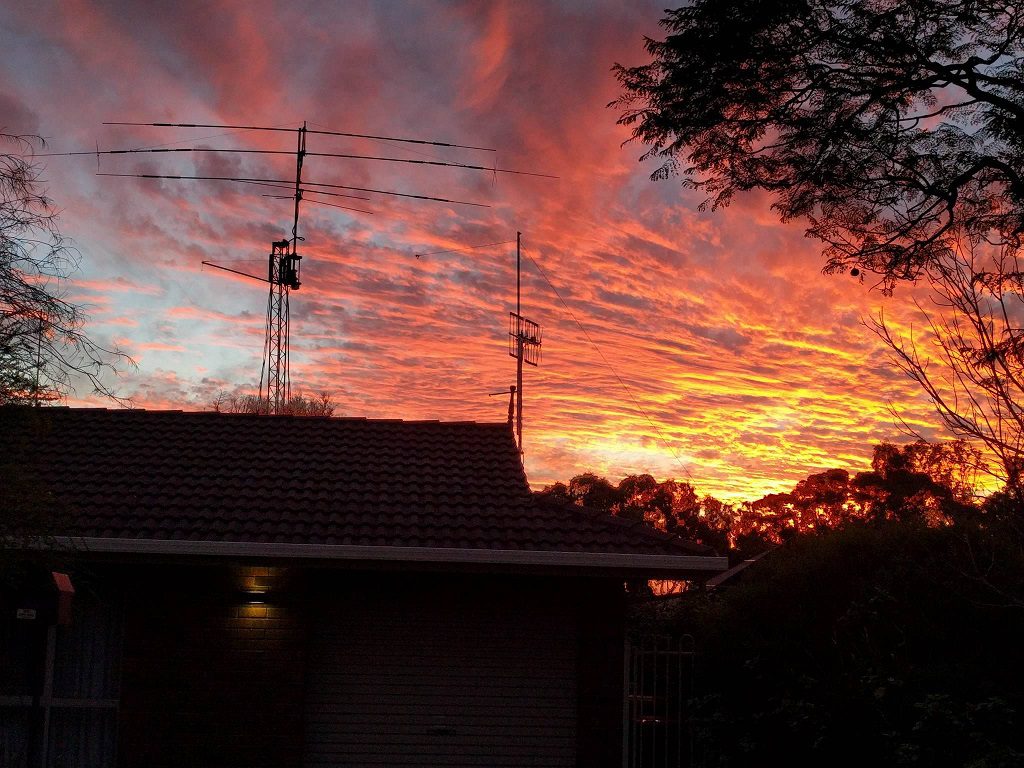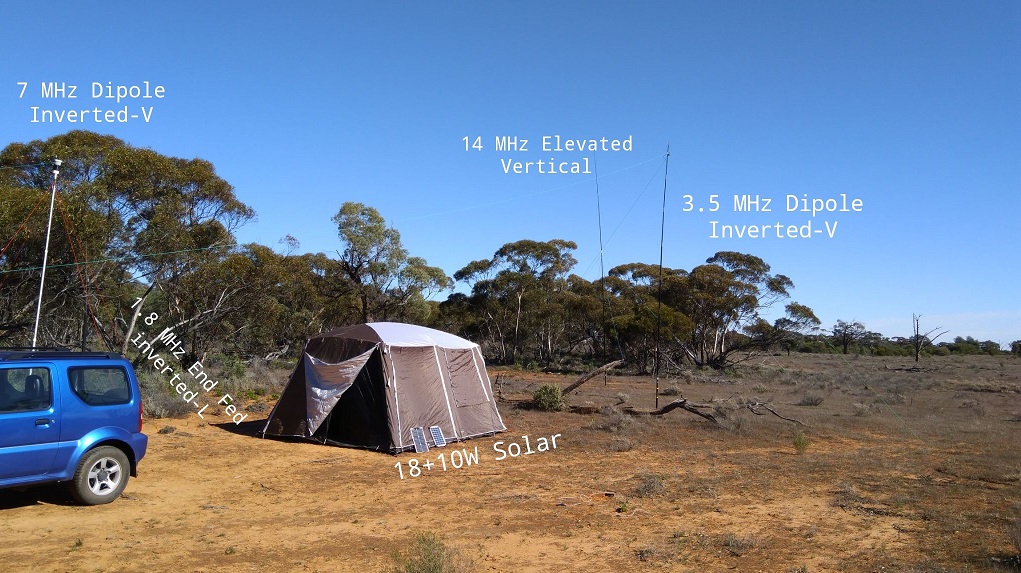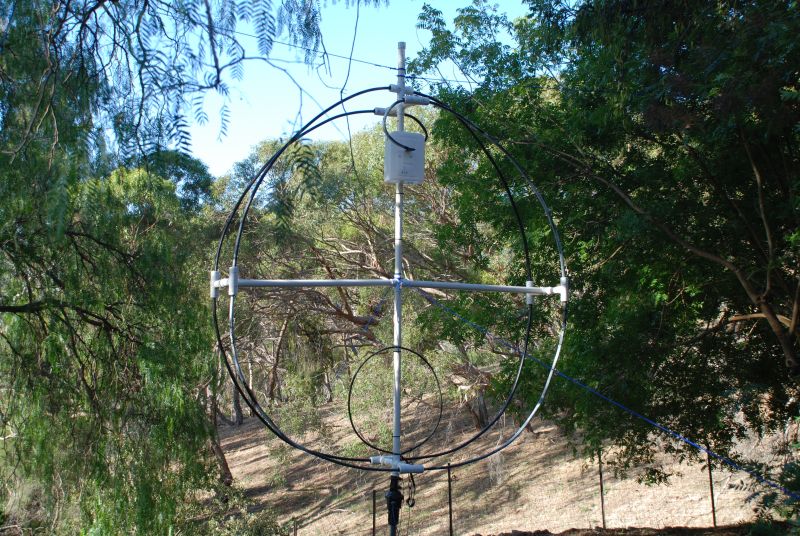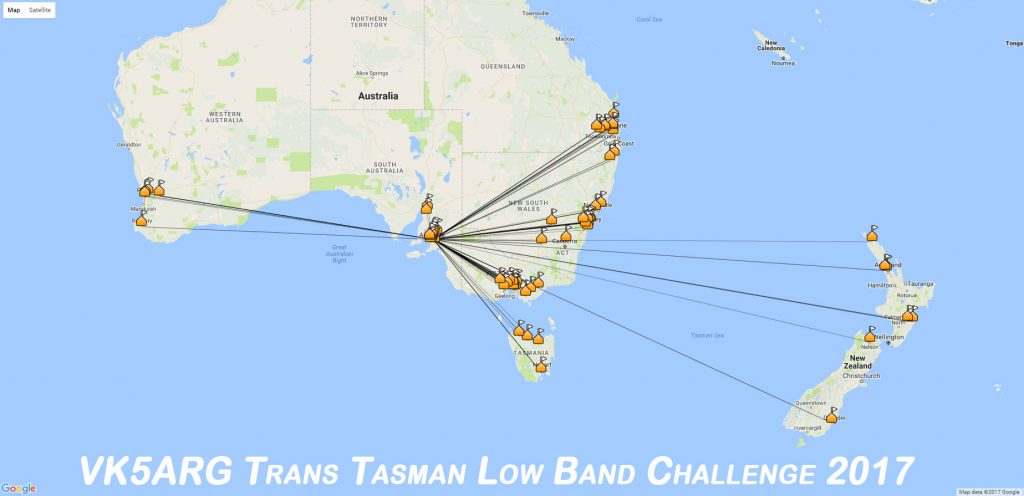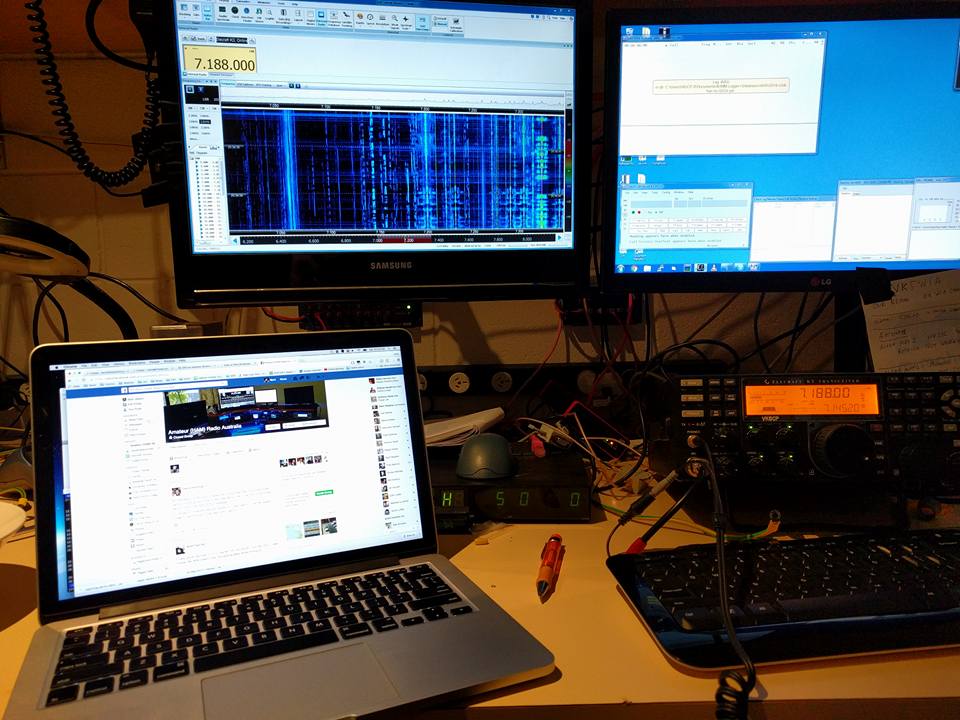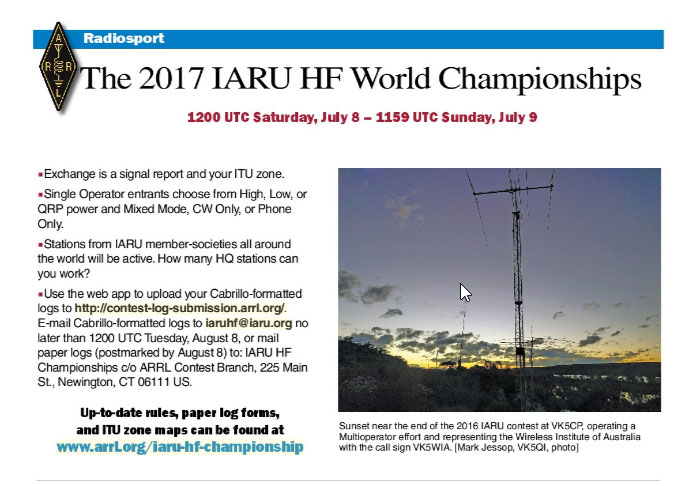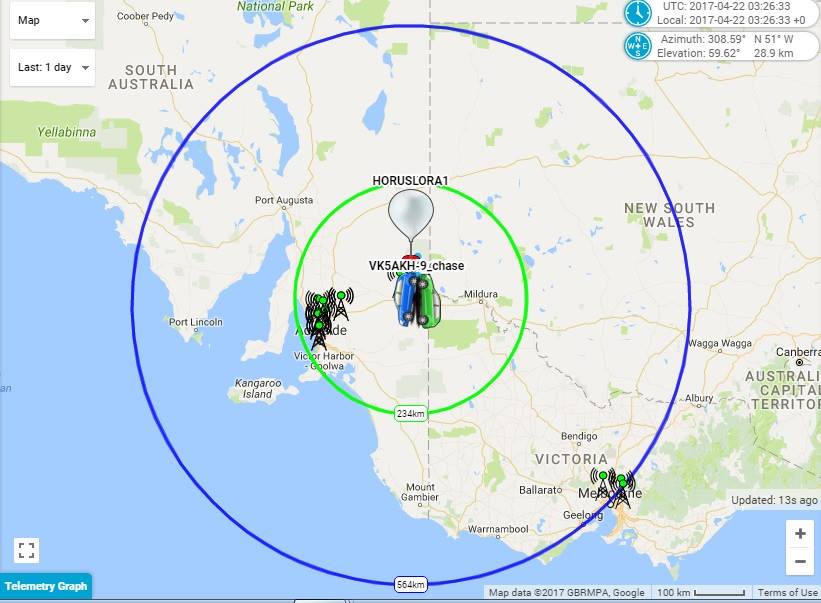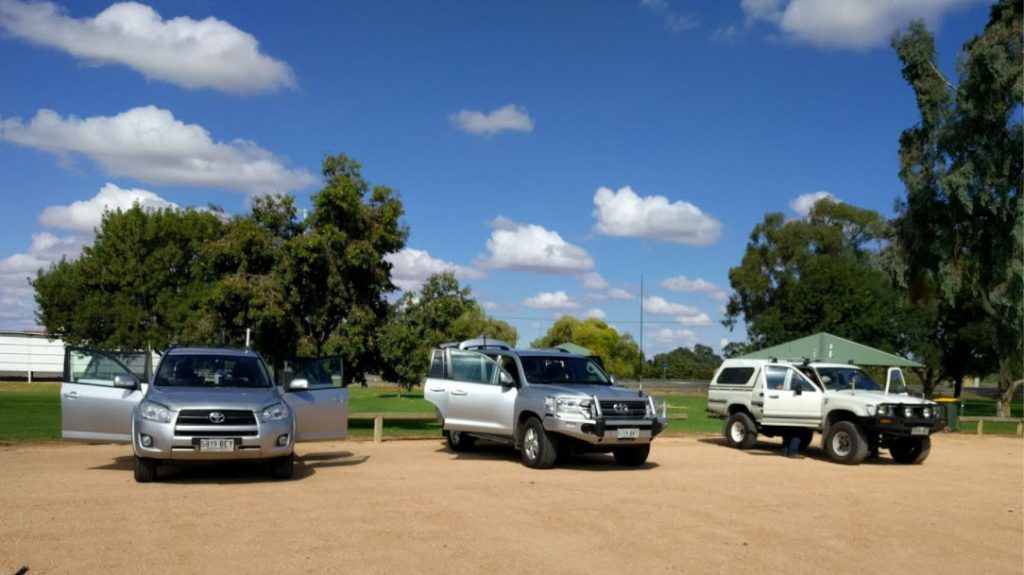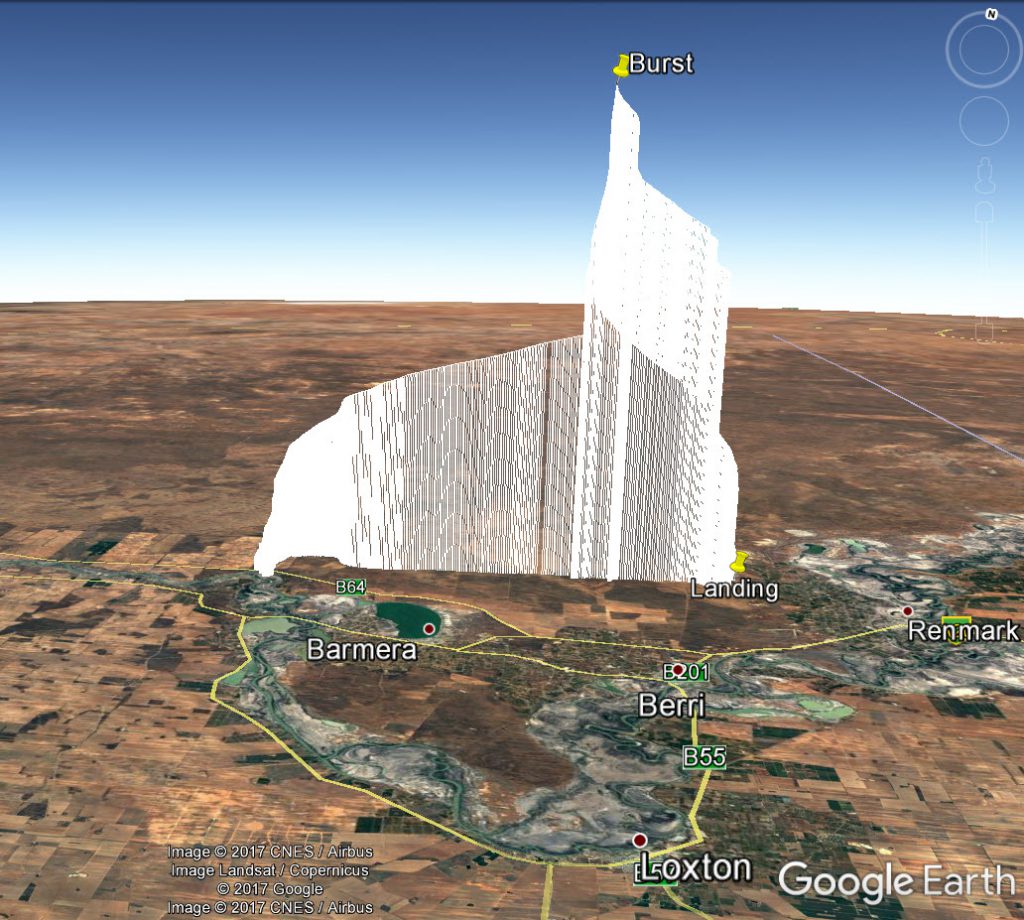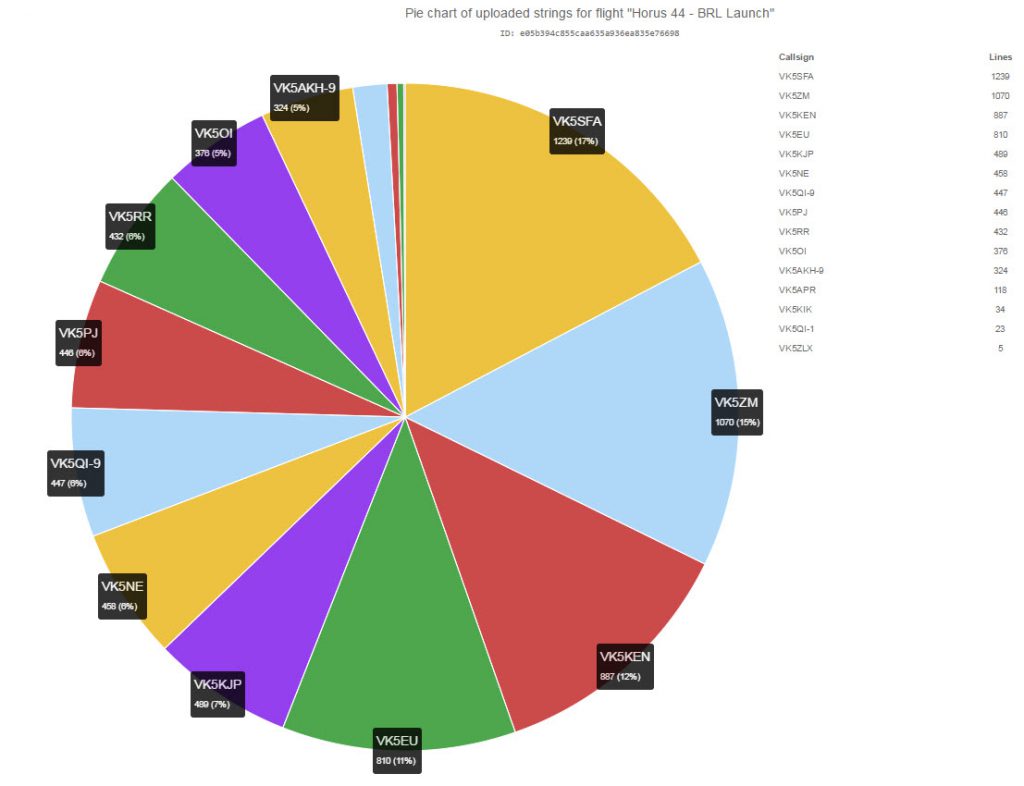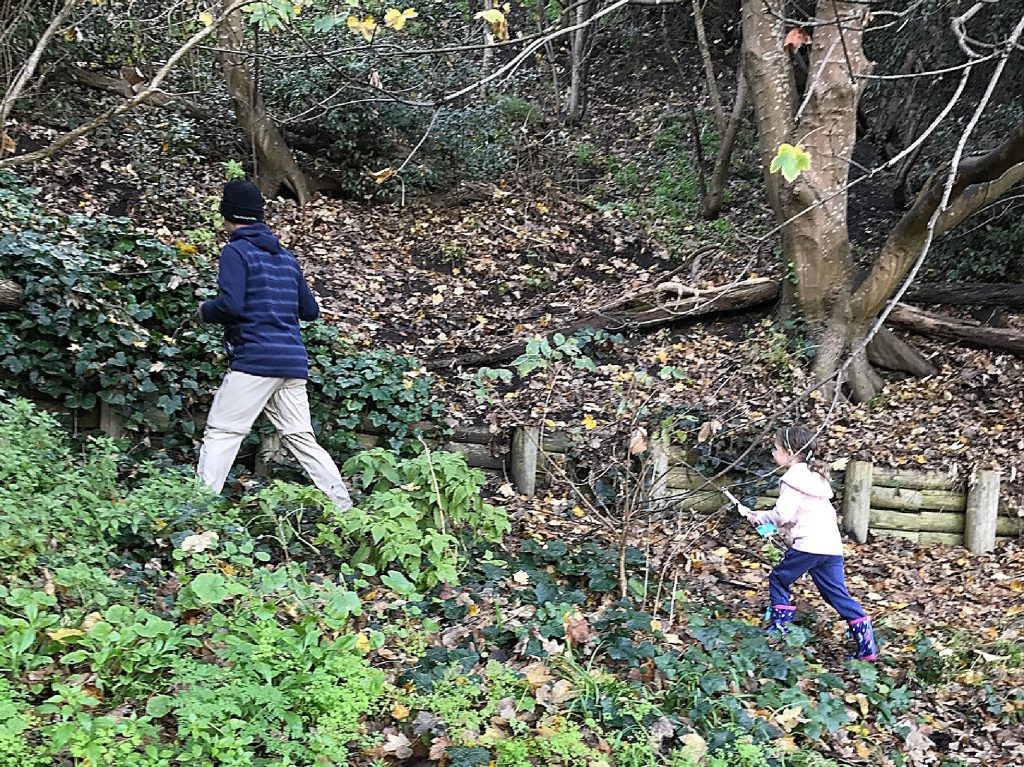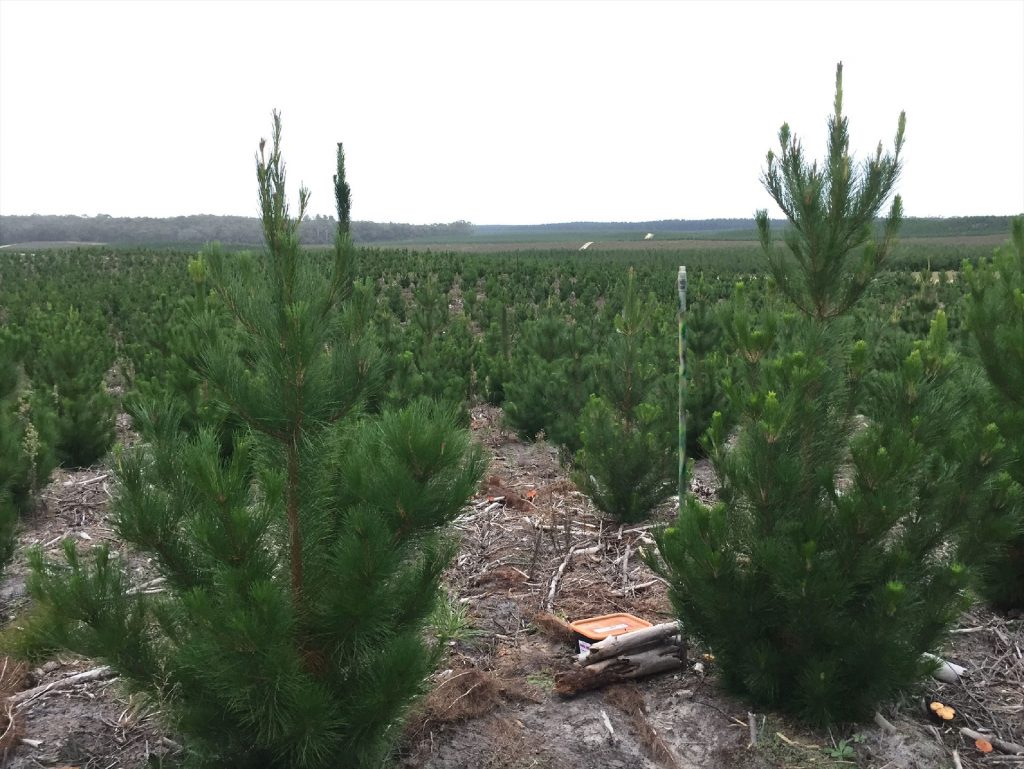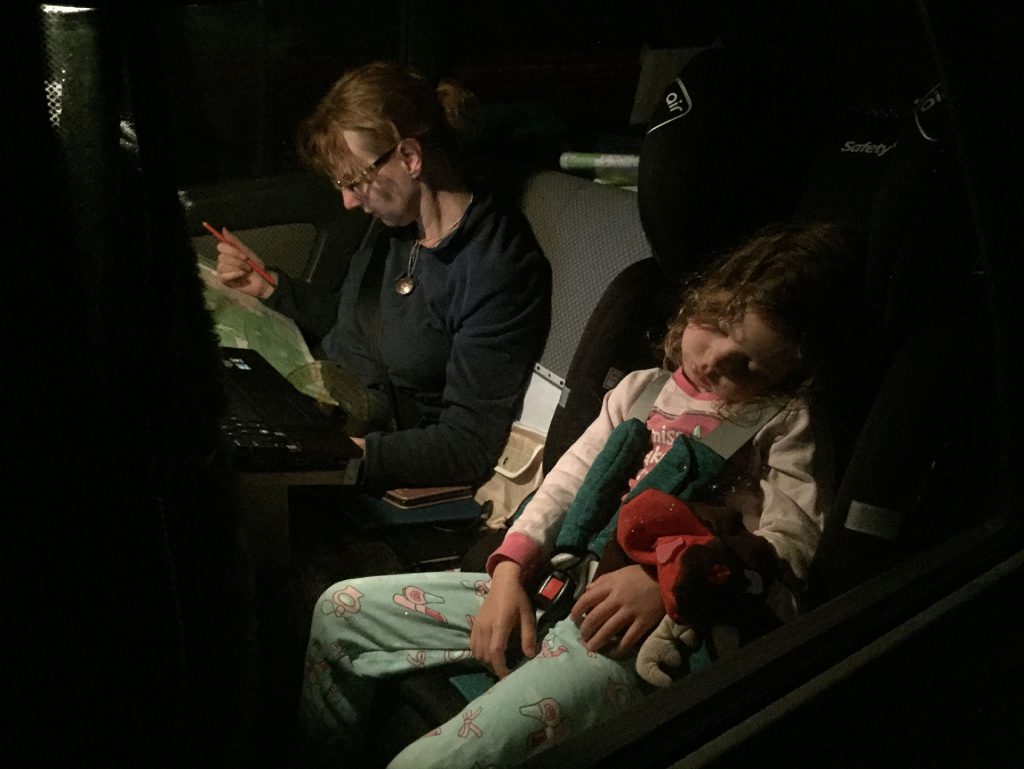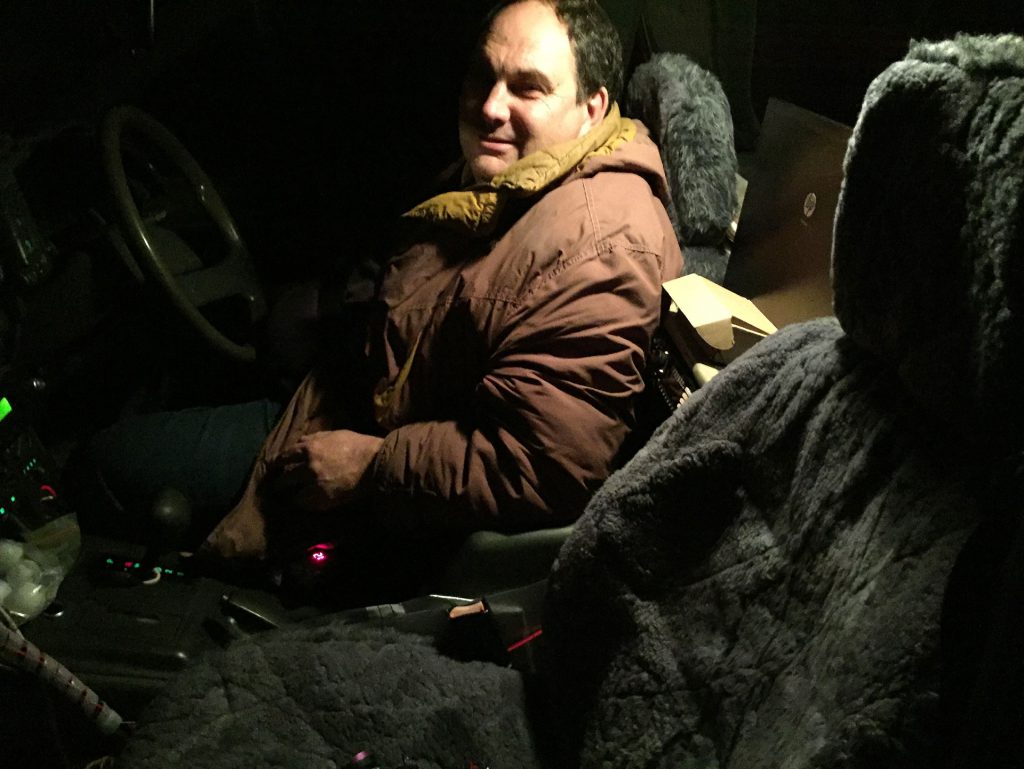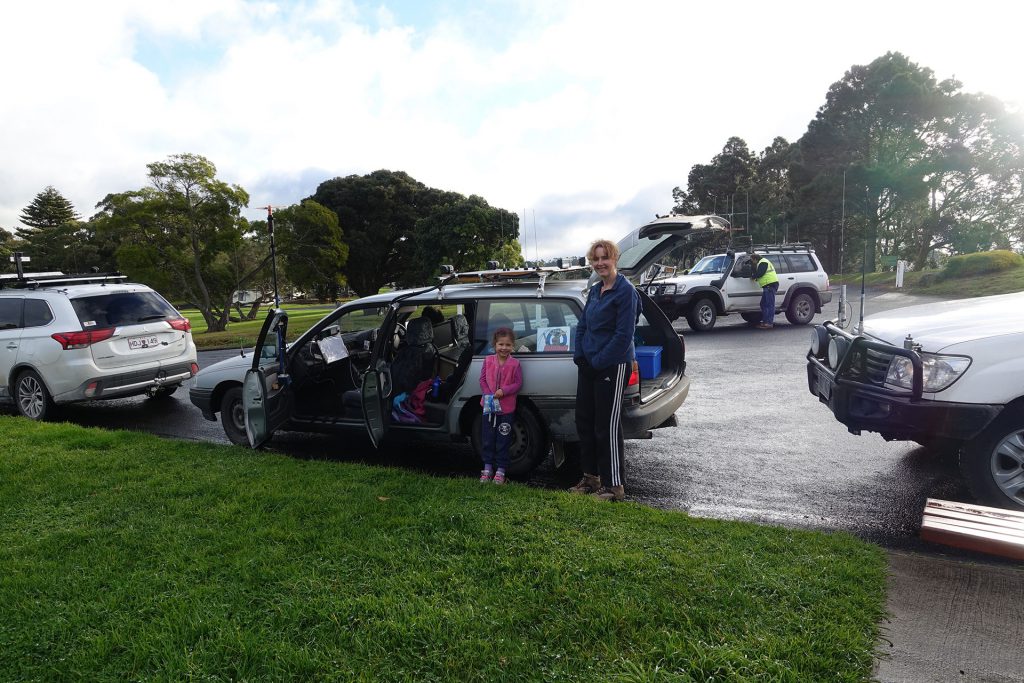A team of members set to work on the weekend preparing parts of the 20m and 40m station. Construction and tuning of the 20m three element beam was completed and work on the new 40m vertical progressed as well. Thanks to everyone who was able to take part.
Category Archives: Club Activities
AREG Members On Air: 2017 Remembrance Day Contest
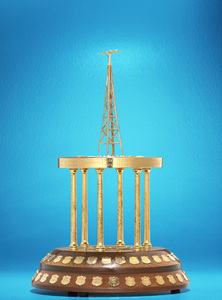
WIA RD Trophy
The weekend of August 12-13th once again saw the running of the Wireless Institute of Australia’s annual Remembrance Day Contest. While AREG did not mount a club station, the club did encourage as many members as possible to get out there on the air! The members didn’t disappoint with 7 members active over the weekend.
Three members put together a team entry, known as “AREG: Team One”. The teams category is an additional endorsement available for the contest where pre-nominated teams scores are aggregated. Pitched at clubs and groups, it is a great way to foster comraderie among members. The other members each put in individual efforts.
AREG: Team One – Grant VK5GR, Mark VK5QI and Marcus VK3TST (aka VK5WTF)
Grant, Mark and Marcus joined together to run a team entry this year. Mark VK5QI ran from home, and managed with the help of a borrowed tuner to operate on 160 and 80m as well during the contest. Meanwhile Marcus and Grant elected to run portable operations.
Marcus this year again used an SO2R setup (Single Operator 2 radios) from a location inside the Murray Sunset National Park (hence he used VK3TST).
Meanwhile Grant VK5GR went north west and operated from Tickera on the eastern shores of Spencer Gulf. No SO2R but three different antennas were tried,including a 160m dipole, a G5RV for 80-10m and a elevated feed folded monopole which could be tuned from 40m to 6m. The purpose for the antenna mix was to gauge the effectiveness of the vertical, which is the antenna Grant will be taking to Niue in the South Pacific in September (where he will operate as E6AG – see e6ag.net for details).
Theo VK5MTM Portable
Also out in the field was Theo VK5MTM who operated for a few hours from the back of his car! Now there is dedication for you!
Home Stations
Operating from home, we also had Chris VK5SA who said “62 unique contacts in around 4 hours of operation, in around 6 blocks. Mainly 40m, with some huge signals on 20 from VK6 and VK4”.
Peter VK5KX also put in an effort and was worked several times by Grant VK5GR and others from the club.
Also on air was Chris VK5CP who operated his remote station from the comfort of his lounge room {smile}. Way to go Chris!
Conclusion
All up a lot of fun was had by all, playing what amounts of electronic pokemon where you are competing against the other operators and the ionosphere. Rumour has it a number of points records have fallen this year according to Alan VK4SN, the contest manager, so it will be interesting to see if any of the AREG team place anywhere in the rankings this year.
Thanks to everyone who participated around Australia for making this year’s RD Contest yet another great event.
AREG in the 2017 Trans Tasman Low Band Challenge
UPDATE: The results have been published – VK5ARG came second in our multi-op division! Well done team!
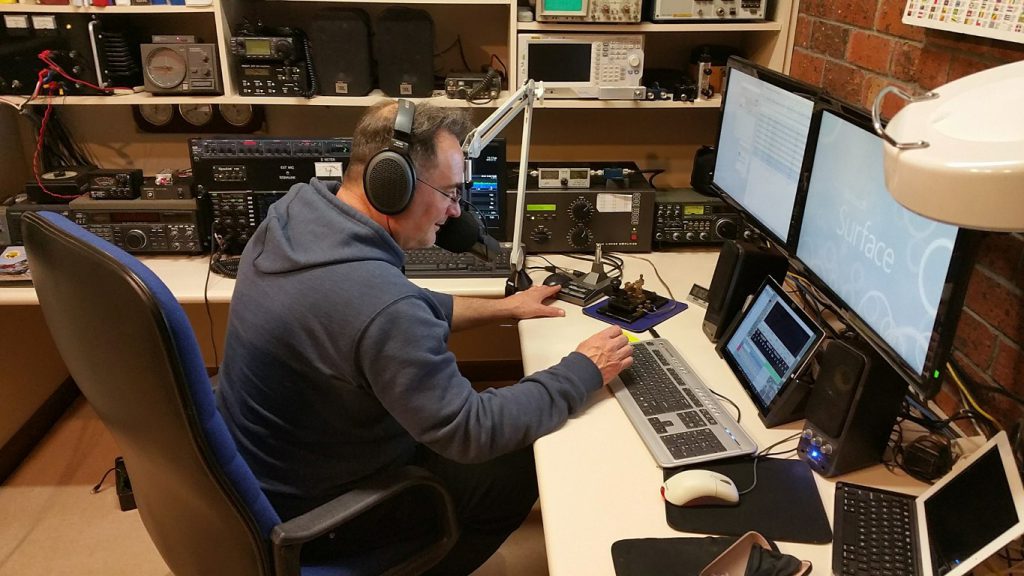 On Saturday July 15th, AREG members VK5GR, VK5QI, VK5MTM and VK5IX gathered together with Steve VK5SFA at his QTH to participate in the Trans Tasman Low Band Challenge Contest as VK5ARG. Originally planned as a portable operation, the portable activity was cancelled at the last minute due to a critical piece of equipment not being ready (the new club portable 160m loop antenna). The change of venue was deemed a fantastic outcome by all who participated as outside temperatures plummeted into the low single digits. Steve and his wife were fantastic hosts and we were able to operate the full 6 hours in luxurious conditions.
On Saturday July 15th, AREG members VK5GR, VK5QI, VK5MTM and VK5IX gathered together with Steve VK5SFA at his QTH to participate in the Trans Tasman Low Band Challenge Contest as VK5ARG. Originally planned as a portable operation, the portable activity was cancelled at the last minute due to a critical piece of equipment not being ready (the new club portable 160m loop antenna). The change of venue was deemed a fantastic outcome by all who participated as outside temperatures plummeted into the low single digits. Steve and his wife were fantastic hosts and we were able to operate the full 6 hours in luxurious conditions.
The station consisted of Steve’s IC7700 running either 80 or 160m on the Magnetic Loop antenna, while Grant’s K3 ran on 160/80/40m either on the 40m rotatable dipole or the 80/160m trapped dipole, depending on the combination we selected. We had hoped to also have a IC7000 dedicated to 40m, however the RFI from the MagLoop (one of their drawbacks it seems) was severe and rendered the second 40m station unusable. Something to learn from there when using the loop in later contests.
Four of us operated whilst one was there for moral support (guess which one (chuckle)). Activity came in bursts although there were times when the pickings were very slim and we called for many minutes without a bite. 40m was completely dead after dark, but not for want of propagation. When we did find someone (VK4HH) they were easily workable. It seems that 7MHz is forgotten in this contest after dark – perhaps unwisely so.
We also ran CW (having two gun CW operators helped) which filled in the dead patches calling on SSB. We were going to try RTTY, but were still configuring the MicroHam keyer and hadn’t cracked the code of how to make it run with MMTTY and N1MM in time for the contest.
A highlight was the a number of contacts made with New Zealand stations this year. ZL contacts were achieved on 40, 80 and 160m, although on 160m it was often hard going.
All up we made 211 contacts. Here is the map of where we worked
Thanks to everyone who participated from AREG and thanks also to all of the stations across VK/ZL who participated in this unique contest!
July General Meeting: Introduction to Antenna Modelling
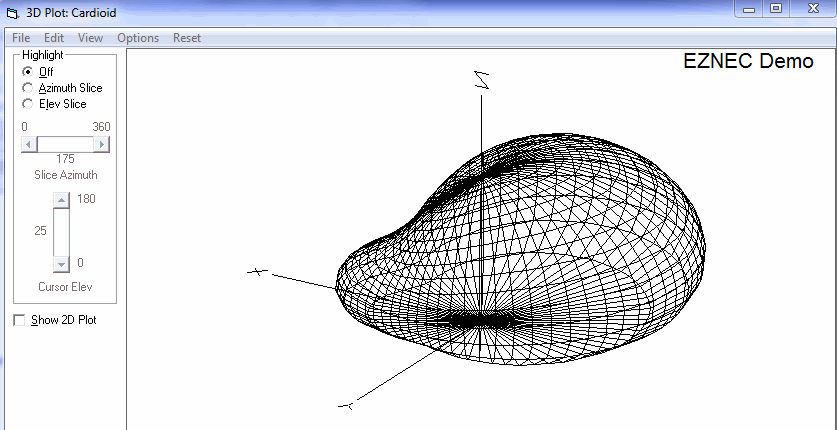 The next AREG meeting will be held on Friday 21st July, starting at 7.45pm at the Reedbeds Community Centre, Fulham.
The next AREG meeting will be held on Friday 21st July, starting at 7.45pm at the Reedbeds Community Centre, Fulham.
We are pleased to announce that the speaker for the July meeting will be Paul Lawson VK5SL. Paul will be introducing you to the basics of Antenna Modelling, and will 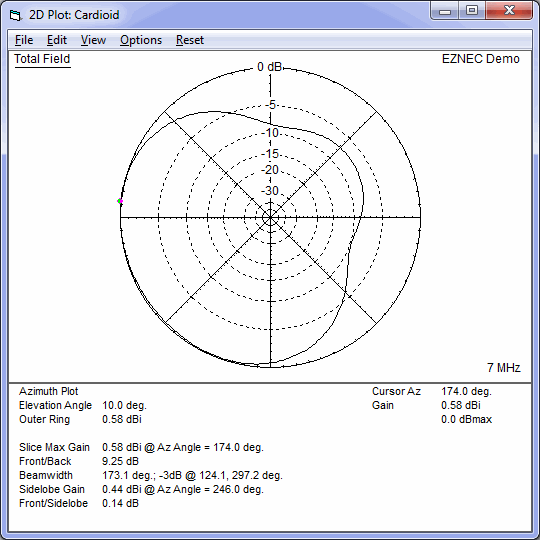 demonstrate how to get started using the 4NEC2 program to examine antenna performance (4NEC2 is freely available on the Internet). He will take 3 of the antennas that Chris VK5SA described in his wire antennas for beginners talk a few months ago and show how you can visualize their radiation patterns and what their characteristics are on various frequencies.
demonstrate how to get started using the 4NEC2 program to examine antenna performance (4NEC2 is freely available on the Internet). He will take 3 of the antennas that Chris VK5SA described in his wire antennas for beginners talk a few months ago and show how you can visualize their radiation patterns and what their characteristics are on various frequencies.
In particular, Paul will show you how to model a basic dipole, a Windom (OCF Dipole) and an inverted V antenna,  explaining how to define these in the software, what the components in the software do and how to set them to produce useful models of how the antenna is performing. This will be a great simple introduction to the topic of antenna modelling.
explaining how to define these in the software, what the components in the software do and how to set them to produce useful models of how the antenna is performing. This will be a great simple introduction to the topic of antenna modelling.
For those who then want to delve deeper, Paul has agreed later in the year to run a tech night where more complex antenna modelling will be examined for those who want to take it further.
We hope to see you at the club on Friday July 21st. Doors open at 7.45pm with the presentation getting underway at 8.00pm sharp.
[wpgmza id=”5″]
AREG’s New 160m/80m Contesting Portable Antenna – Progress
Update – July 12th: Mounting of the tuning capacitor and motor drive is complete. Just a few more things and we will be ready for final assembly and tune up!
A group of members inside AREG, inspired by Steve VK5SFA’s success with his transmitting magnetic loop antennas have banded together to construct for the club it’s own 160/80m TMLA, specifically designed to be portable. It is able to be knocked down into components that can be packed into the back of a station wagon.
Significant progress was made today in assembling the antenna as we had hoped to have it ready to try at the IARU HF contest next weekend. We didn’t quite make it unfortunately, running out of daylight before we completed construction. However, we are now planning another session next weekend with the goal being to have the antenna finished and ready to run for the Trans Tasman Low Band Challenge contest the following weekend.
The club’s version of Steve’s antenna is using LCF78 coax instead of the wave-guide, with the vacuum capacitor mounted inside a water proof ex-camera case (great for transport and moisture proofing). The frame is made out of laminated bamboo broomsticks and a timber hub arrangement with the frame held together through compression provided by 8 ratchet straps. The aim is for the antenna to be suspended from a tree (or trees) at least 1 loop diameter above the ground (to increase it’s efficiency). It has been designed to accept 400W input power as well to overcome the efficiency issues these antennas can have.
Today’s construction efforts were led by Steve VK5SFA, Grant VK5GR and Scott VK5TST. The project wouldnt have been possible without generous donations from Steve VK5SFA, Peter VK5KX and Trevor VK5YFR.
The next steps are to complete mounting the motor tuning drive, do some structural adjustments to the frame, assemble the coupling loop and then test the antenna. This work will be completed next weekend, so keep an ear out for us during the TTLBC Contest on July 15th on 160 and 80m using our Transmitting Magnetic Loop Antennas!
AREG operating WIA HQ Station VK5WIA in IARU HF Championships
UPDATE: Over night crew working hard, band conditions difficult as usual…

AREG is pleased to announce that it will be fielding the operators to again run the WIA
Headquarters Station for the 2017 IARU HF World Championships. The station will be run from the QTH of Chris VK5CP in the Murray Mallee region of South Australia. It is planned to have 2 transmitters on the air continuously at least. This year we are also hoping to get a 160m antenna and a couple of options for 80/75m antennas working from the site as well.
So look out for VK5WIA during next weekend and work us for headquarters station multiplier points! The Contest Rules are available from the ARRL Website.
Horus 44: Flight Report – Riverland BRL Field Day
On April 22nd 2017, the Amateur Radio Experimenters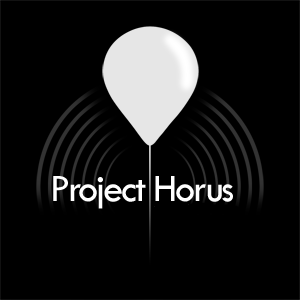 Group conducted an Amateur Radio focused balloon launch from the Riverland Radio Club’s VK5BRL Weekend event at Overland Corner Hotel in the Riverland. This launch was carried out to bring some interesting amateur radio based experiments to a new audience, and also to encourage more tracking stations to take part in Project Horus from the Riverland region (which is often a landing ground for the flights from the
Group conducted an Amateur Radio focused balloon launch from the Riverland Radio Club’s VK5BRL Weekend event at Overland Corner Hotel in the Riverland. This launch was carried out to bring some interesting amateur radio based experiments to a new audience, and also to encourage more tracking stations to take part in Project Horus from the Riverland region (which is often a landing ground for the flights from the 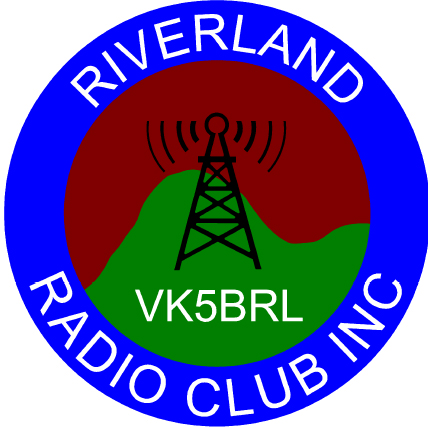 Adelaide Hills).
Adelaide Hills).
Ground Control
The launch campaign began at 9.00am with Bob VK5FO and Ray VK5RR helping Ivan VK5HS set up the balloon ground control station at the BRL Weekend event.
Horus 44 was the first flight of a new 2m/70cm voice repeater so we also were making contacts through the balloon using the VK5WOW special event callsign throughout the flight, promoting the Wireless Institute of Australia’s AGM which was being held in VK5 a few weeks later.
Launch Crew
Meanwhile the ground crew started preparations to launch the payloads. AREG members Matt VK5ZM, Mark VK5QI, Grant VK5GR, Darin VK5IX and Kim VK5FJ worked on assembling the payload train and filling the balloon with helium.
The predicted flight track was to take us east, to land tot he north west of Renmark. We certainly hoped is would follow that track, as there were many inaccessible obstacles in the Murray River marshlands area.
Lift Off
We were going to find out soon enough! Lift off was a text book effort, and straight away people were accessing the repeater, able to make contacts with VK5WOW. The only issue noticed early on was that the repeater’s receive filters were very narrow, enough to cause the mute to shut if you spoke to loudly. Even with that issue, contacts streamed through think and fast.
Once in the air, the repeater ran hot. The following stations made contact with VK5WOW via the balloon:
[table “” not found /]The repeater footprint continued to expand, and just reached Melbourne before the balloon burst.
WENET brings Superb Pictures
In addition to the voice repeater, the WENET camera payload also flew collecting stunning images of the Riverland region from the air.
Chase & Recovery
Meanwhile the chase teams had driven to Renmark and were watching intently as the balloon progressed along its path. The two AREG teams were joined this time by Peter VK5PE and a crew from the Riverland Radio Club. The local knowledge they brought to the chase was invaluable!
At one stage we became quite nervous as it appeared it may actually land in the marshes. However, the winds once again became favorable and the landing zone looked very good indeed.
Recovery occurred after a short hike into a local conservation park, but not before we watched the balloon descend gracefully from about 1500m elevation!
Flight Statistics
The fight track for Horus 44 shows that there were fairly light high altitude winds on this day. Once clearing the ground winds the flight profile was remarkably vertical.
The detailed flight statistics are:
| Metric | Result |
|---|---|
| Flight Designation: | Horus 44 - BRL Weekend |
| Launch Date: | 22/4/2017 01:36:17 UTC |
| Landing Date: | 22/4/2017 04:25:41 UTC |
| Flight Duration: | 2 Hours 49 Minutes |
| Launch Site: | -34.153467 140.339623 |
| Landing Site: | -34.107695 140.651783 |
| Distance Traveled: | 29.1 km |
| Maximum Altitude: | 29,953 m |
This time we saw major contributions from many of our ground stations too. The following pi-chart shows who collected telemetry for this flight.
Conclusion
It was a very successful flight! A huge thank you again to everyone who was involved, and in particular to the Riverland Radio Club for the invitation to come and fly from their back yard. Thanks also to the AREG members who traveled and stayed in the Riverland to fly Horus 44, with a special thanks to Sharon VK5FSAW who once again helped with logistics through catering the lunches for those chasing the balloon!
AREG Members go Fox-Hunting at SERG Convention
- Mike VK5AGI – driver, ARDF
- Adrian VK5ZBR – DF & ARDF
- Kerry (XYL) – navigator & ARDF
- Alayna (harmonic) – ARDF, navigator and playground critic
- VK5TV Bevan and his wife and
- VK5FAB (Ken and Paul Burns with extended family).
The FAB team this year was competing in all hunts.
The 4 leg CW FM transmitters on the same frequency with CW ID’s in any order. They come up at 30sec intervals. We learnt our lesson last year and Mike made two timer boxes with 4 colour LED’s on it. We would know each fox by its
colour. This hunt is in the Caroline Forrest near Hells hole. We finished all the legs just on time. The last leg being the yellow colour took us nearly 1hr. It was located very high and clear giving a massive signal that always appeared to be closer than we thought. Yes we got bogged once on the blue leg but we recovered in 5min with a shovel.
Leg 1 the 2m fox was surprisingly
easy, Kerry had a bit of an orientation problem for the first 5 minutes but got her bearings after that. Remember she’s using a topographic map and driving a PC with Oziexplorer and Google maps pro. We actually drove straight to the fox, which was just over the border in Victoria, with only one way in.
This is when it got interesting, some
nutter in a car coming the other way drove down the center of the road with his high beams on. This car then proceeded to come over to our side and Mike had to drive off the road not to hit him. This woke us up and we forgot about the hunt for a while.
























